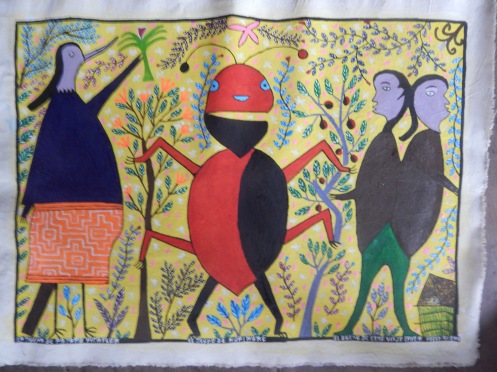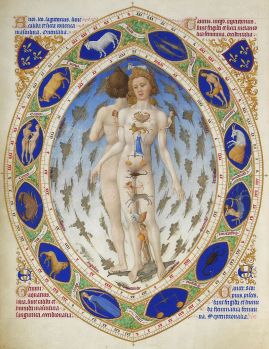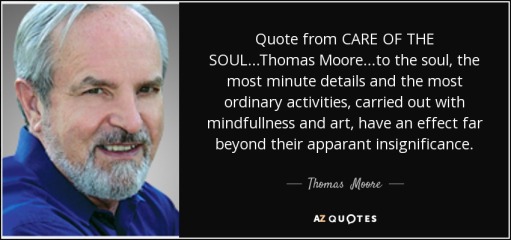Between 21st and 24th April this year, I attended the conference ‘Climates of Change and the Therapy of Ideas’ held at the Pacifica Graduate Institute, Santa Barbara, California.
The conference featured a number of philosophically and psychologically oriented speakers who have featured before in this blog such as Richard Tarnas from the California Institute of Integral Studies as well as political activists like Chris Hedges and Vandana Shiva.
Part of my reason in travelling so far to this conference from the Peruvian Amazon was to continue to pay homage to James Hillman, who I refer to as my ‘intellectual hero’ and mentor.
James Hillman is perhaps the key inspirational figure behind the work at Pacifica, alongside Paolo Friere, Marion Woodman, and Joseph Campbell. I had the good fortune to attend what I think was the last workshop he ran at Pacifica on ‘The Puer and the Senex‘ in 2010. (For a good interview with him, see here.)
Hillman is perhaps the most original and radical thinker I know. His great capacity, which he put forward in his important book, ‘Revisioning Psychology’, as a key competence for psychologists, was to see through received ideas and perspectives on the world.
As Richard Tarnas noted in a series of lectures about him, which used to be available on YouTube but sadly are no longer there, he never gave the same talk twice. Each time he ran a workshop or gave a lecture at a conference he engaged freshly with the material. Being with him was a great privilege as you felt that you participated with him and accompanied him in his process of thinking.
He has been, along with C.J. Jung and Rudolf Steiner, a great influence in helping me understand the experiences I have had with Madre Ayahuasca. One of the key moves he made in psychology was to write about the ‘Anima Mundi’ or soul of the world in an extremely elegant and intellectually rigorous way. This was part of his project of getting psychology away from an excessive individualization and interiorization of problems and out into the socio-political world, which was co-creating those problems.

Painting by Shipibo artist Lastenia Canayo of the three spirits of the humming-bird, the tree huairuro and the old fallen-down house.
Influenced especially by Hillman, I saw many of the experiences graced to me by Madre Ayahuasca, such as my visits to the mosquito spirit king and my communion with the bats, as participating in the anima mundi. Of course, indigenous people, like the Shipibo, have always believed that the world was ensouled, enchanted and full of spirits. Colonialist, racist psychology and anthropology saw this as evidence of their backwardness and explained it away as a phenomenon of human projection onto the world.
Hillman is one of the intellectual figures, alongside contemporay anthropologists like Vivieros De Castro and Eduardo Kohn – who has written an interesting book called: ‘How Forests Think: Toward an Anthropology Beyond the Human’ – that are helping us re-understand animism as part of a sophisticated and valid indigenous worldview and not as a primitive precursor to the scientific worldview.
In fact, our tragic inability to perceive and experience the enchantment of the world is part of our legacy from the limited scientific, materialist, rationalist wordview that has dominated our culture for the last four hundred years.
Returning to the conference, two sessions had a particular impact on me. One was by Dr Mary Watkins, who teaches at Pacifica, on ‘Psycho-social Accompaniment’. (For an excellent paper written by Mary Watkins on this concept, see here). Mary’s session helped me re-frame the work that the non-profit, Alianza Arkana, (for whom I am the Director of Intercultural Education), as moving from aid to accompaniment. For those of you interested in this, I have written another blog about this here.
The other session was by Thomas Moore. Thomas, a former Catholic monk, rose to fame through his beautifully written book ‘Care of the Soul’ which became a NYT best seller in the 1990’s. In this book, Thomas made accessible the ideas of his friend and teacher, James Hillman, to a wider audience.
Thomas Moore’s session was called ‘Animus Mundi’. The distinction between animus and anima is taken from Jung. Wikipedia says:
“The anima and animus are described by Jung as elements of his theory of the collective unconscious, a domain of the unconscious that transcends the personal psyche. In the unconscious of a man, this archetype finds expression as a feminine inner personality: anima; equivalently, in the unconscious of a woman it is expressed as a masculine inner personality: animus.
The anima and animus can be identified as the totality of the unconscious feminine psychological qualities that a man possesses or the masculine ones possessed by a woman, respectively. It is an archetype of the collective unconscious and not an aggregate of father or mother, brothers, sisters, aunts, uncles, or teachers, though these aspects of the personal unconscious can influence the person for good or ill.”
 Knowing perhaps that he was treading controversial ground by referring to the ‘animus mundi’, especially in a lecture room where a twenty or so foot high poster of James Hillman was bearing down on him, Thomas Moore tentatively, but convincingly, set out a case for the idea of the ‘animus mundi’.
Knowing perhaps that he was treading controversial ground by referring to the ‘animus mundi’, especially in a lecture room where a twenty or so foot high poster of James Hillman was bearing down on him, Thomas Moore tentatively, but convincingly, set out a case for the idea of the ‘animus mundi’.
Beginning with Jung’s idea of the animus, which he showed to be flawed in some ways, especially as it was applied to women, Moore associated it with traditional ‘masculine’ qualities like thought, opinion, will, desire, satisfaction, dissatisfaction, and hope.
The animus is our capacity for thought and reflection which becomes a logos, in contrast to anima which opens our psyches up to eros.
I listened to all this fascinated. These ideas strongly resonated with me. I have seen over the last few years that Madre Ayahuasca has been working with me to develop my resolve, discipline and sustained focus. In a recent ceremony, she said to me: “You have had enough visions for two or three lifetimes. It’s time you learned to properly concentrate.”
I have had ceremonies in which I have been instructed just to listen to the icaros as a way of disciplining my errant mind. As any beginner in meditation knows, it’s extraordinary when you do this to realise how the mind can spin its endless loops and how distracted one can get doing what appears to be a very simple task.
Moore helped me to see that Madre Ayahuasca has been working with me on my animus. I wrote about this very recently in terms of developing the leadership capacities through dietas to help run Alianza Arkana.
 Likewise, Moore argued, the fact that the world has its logos, that it is intelligible, that it has order and meaning, that it has its story, is an indication of its animus.
Likewise, Moore argued, the fact that the world has its logos, that it is intelligible, that it has order and meaning, that it has its story, is an indication of its animus.
We do not live in a random, senseless universe.
The signs are there for us to read them – what is required is the training, and discipline to see and appreciate the signs and to unlearn the limited ways we have been taught to understand the world.
FIRST PUBLISHED AS:

